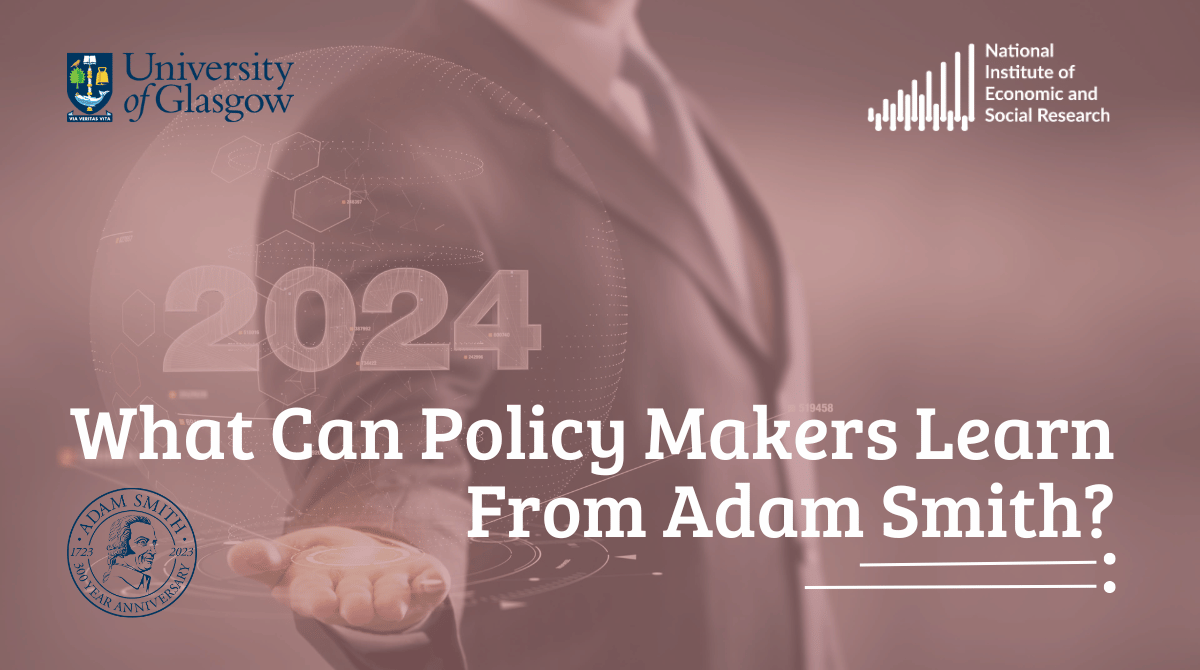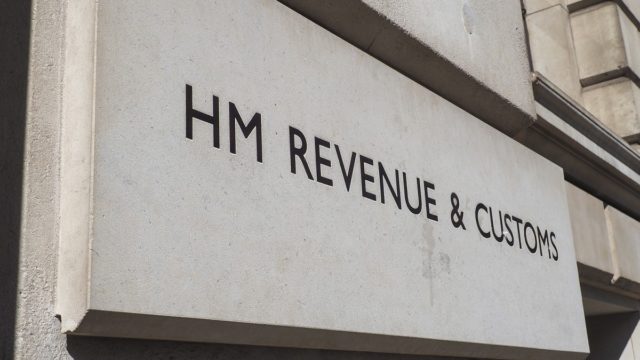- Home
- Publications
- Public Confidence In The Bank Of England
Public Confidence in the Bank of England
 Pub. Date
Pub. Date
08 November, 2023
 Pub. Type
Pub. Type

Authors
Related Themes
Political EconomyJournal
National Institute UK Economic Outlook, No. 12, Vol. Series A
Publisher
NIESR, London
Issue
Autumn 2023
Main points
- Even though inflation has consistently fallen in the past two quarters, public confidence in the Bank of England’s ability to bring inflation down and closer to its target has reached its historical low since the Bank started recording these data (figure A1). These results from the Bank’s Inflation Attitudes survey are surprising because when the survey was conducted, inflation had just reached its lowest rate in 15 months, falling from 11 per cent in October 2022 to 6.8 per cent in July 2023. This change was also reflected in the respondents’ expectations about inflation, suggesting that they were aware of this improvement in inflation outcomes.
- This box explores the sociodemographic characteristics and perceptions of the respondents that are associated with satisfaction with the Bank’s performance. Satisfaction with the work of the Bank matters because it is a measure of trust in the institution – that is, confidence that the Bank will fulfil its role in a satisfactory manner (Hudson, 2006). Trust is especially important for central banks for several reasons. The effectiveness of central banks’ monetary policy measures hinges on anchoring inflation expectations. Furthermore, lack of satisfaction or trust in the central bank affects the Bank’s legitimacy (Baerg and Cross, 2022) and exposes the institution to public or political pressures that can potentially undermine their independence (Goodhart and Lastra, 2018).
Related Blog Posts

Blog
What Can Policy Makers Learn From Adam Smith?
Sayantan Ghosal
Graeme Roy
11 Mar 2024
5 min read

Blog
Reflections on the 2024 Spring Budget: What Was and Wasn’t Addressed
Monica George Michail
Stephen Millard
11 Mar 2024
5 min read

Blog
How the Chancellor’s Budget Could Help Households and the Struggling Regions
Arnab Bhattacharjee
Robyn Smith
Adrian Pabst
04 Mar 2024
6 min read

Blog
Adam Smith’s Division of Labour in Today’s World of Global Markets
Diane Coyle
25 Jan 2024
4 min read
Related Projects

Related News


Related Publications

publication
Job Boom or Job Bust? The Effect of the Pandemic on Actual and Measured Job and Employment Growth
07 Feb 2024
UK Economic Outlook Box Analysis

publication
Implications of the Transition from Defined Benefit to Defined Contribution Pensions in the UK
07 Feb 2024
UK Economic Outlook Box Analysis

publication
Geopolitical Risks and the Global Economy
07 Feb 2024
Global Economic Outlook Box Analysis

Related events

What Can Policy Makers Learn From Adam Smith?
2023 marked the tercentenary of the birth of Adam Smith. As we move into 2024, a year where we will likely see a General Election, we ask what can policy...
15:30 to 17:30
30 January, 2024

NMITE and the Political Economy of Higher Education – Jesse Norman
NMITE and the Political Economy of Higher Education Throughout its history UK Higher Education has rarely been out of the headlines. Today, it is assailed by public concerns about...
15:00 to 16:00
4 July, 2023

Economic Effects of Russia’s Invasion and Sanctions
Join us for a presentation by Iikka Korhonen, the director of Bank of Finland Institute for Emerging Economies, and Elisa Newby, the General Secretariat of the Central Bank of Finland,...
11:00 to 12:30
16 March, 2023

2022 Deane-Stone Lecture – The Uses and Abuses of Economic Statistics
The 2022 Deane-Stone Lecture on Economic Measurement will be delivered by Stian Westlake, on ‘the uses and abuses of economic statistics’, and how economic statistics find their way into public debate,...
17:00 to 18:00
6 July, 2022

The Political Economy of Devolution in, and Secession from, the UK
What are the prospects for devolution and secession in the United Kingdom? Nearly twenty-five years after certain powers were devolved to Scotland, Wales and Northern Ireland, the future of UK...
10:00 to 16:00
19 November, 2021

What Next for the Levelling-Up Agenda? Addressing New and Old Challenges in the UK Regional Inequalities Landscape
You can download the slides from the event here. With Brexit and Covid-19 the UK is facing two large economic disruptions that are clearly affecting some places more negatively than others. In the absence...
14:00 to 15:00
22 July, 2020





